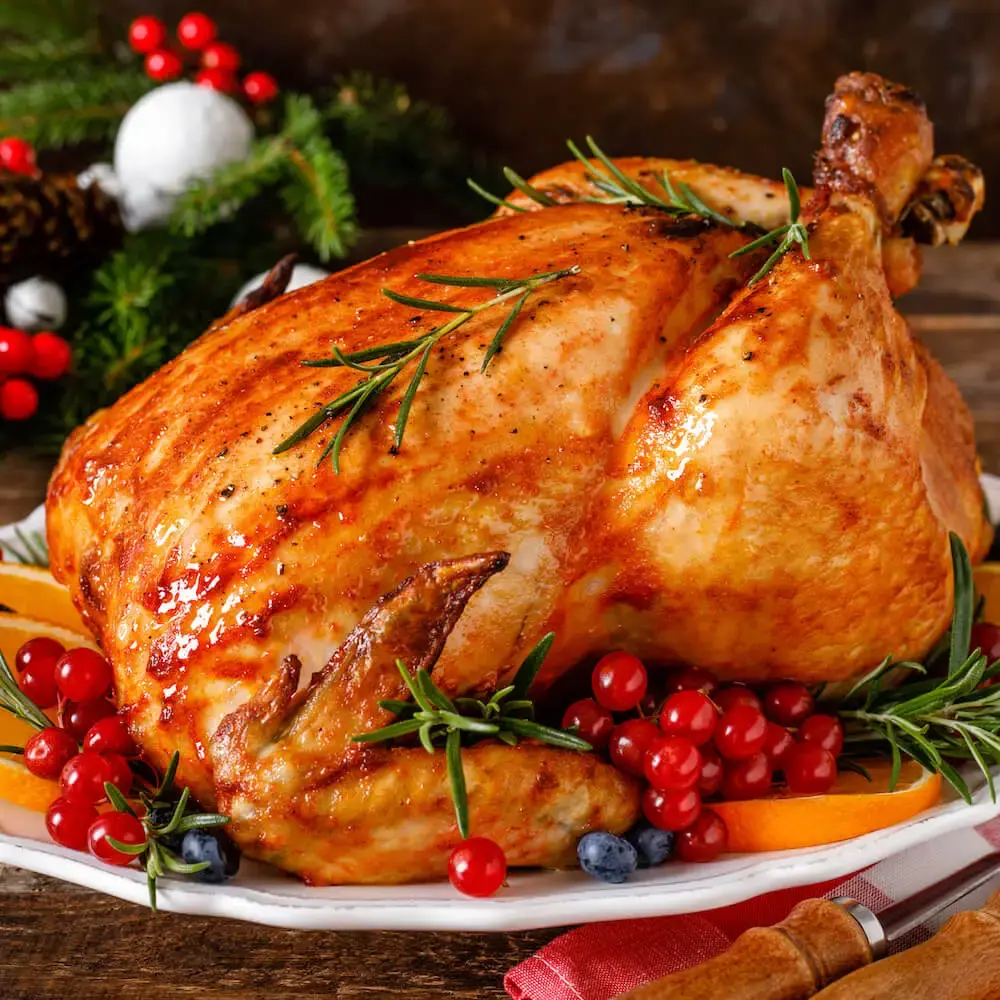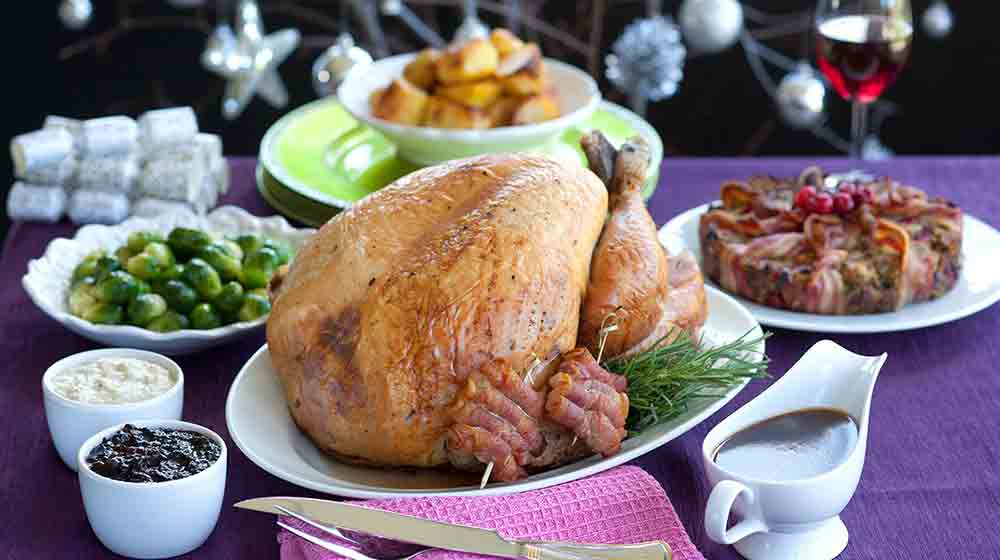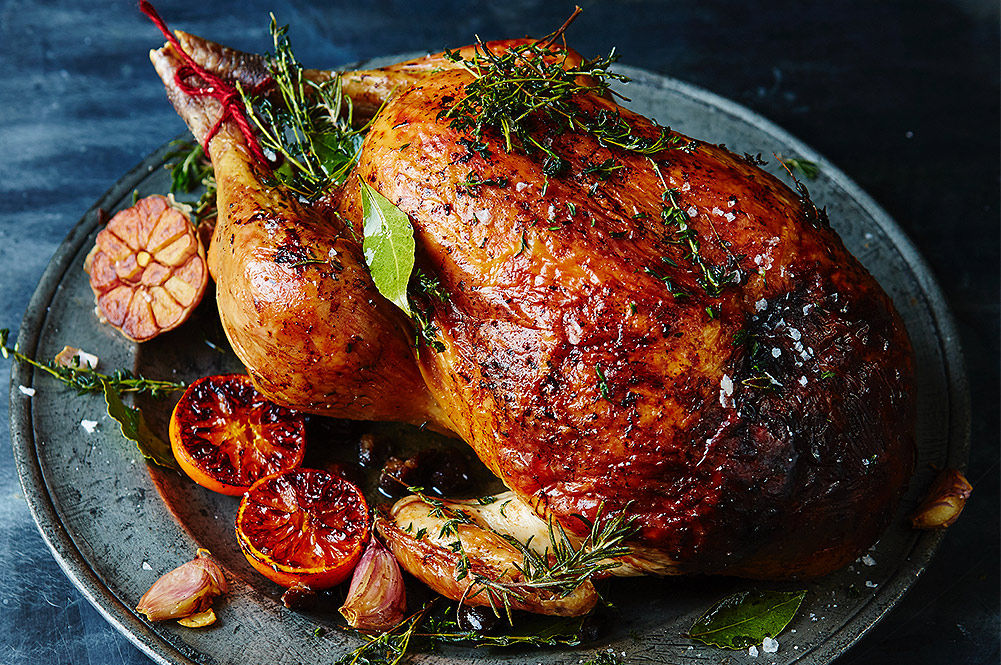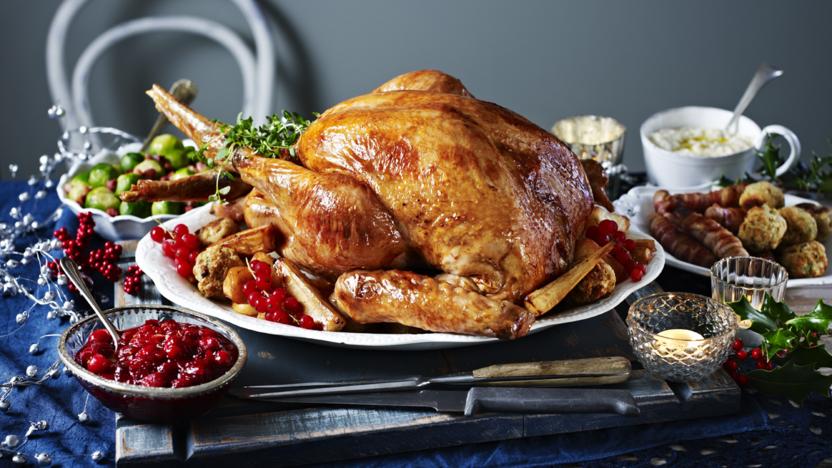
The centerpiece of any Christmas feast is often the turkey, and with good reason. A perfectly cooked turkey is a true showstopper, with its golden-brown skin and juicy, flavorful meat. However, achieving this culinary masterpiece can be a daunting task, especially for those who are new to cooking or have limited experience with roasting a whole bird. In this article, we'll explore the ins and outs of Christmas turkey preparation, including tips, techniques, and expert advice to ensure that your holiday meal is nothing short of spectacular.
The Importance of Choosing the Right Turkey
Before we dive into the nitty-gritty of turkey preparation, it's essential to choose the right bird for the job. With so many options available, it can be overwhelming to decide which type of turkey to buy. Here are a few factors to consider when selecting your Christmas turkey:
- Fresh or frozen: Fresh turkeys are generally preferred, as they tend to have better flavor and texture. However, frozen turkeys can be just as delicious if thawed and cooked properly.
- Heritage or broad-breasted: Heritage turkeys are known for their rich, gamey flavor and tender meat. Broad-breasted turkeys, on the other hand, are more commonly found in supermarkets and have a milder flavor.
- Organic or non-organic: Organic turkeys are raised without antibiotics or hormones, which can result in a more natural and sustainable product.

Thawing and Preparing the Turkey
Once you've chosen your turkey, it's time to think about thawing and preparation. Here are a few tips to keep in mind:
- Thawing: Allow plenty of time to thaw your turkey, as it can take several days in the refrigerator or several hours in cold water.
- Brining: Consider brining your turkey to add extra flavor and moisture. A simple brine made with salt, sugar, and spices can work wonders.
- Stuffing or trussing: Decide whether to stuff or truss your turkey. Stuffing can add flavor, but it can also make the turkey cook unevenly. Trussing, on the other hand, can help the turkey cook more evenly, but it can be a bit more time-consuming.
Roasting the Turkey
Now it's time to talk about the star of the show: roasting the turkey. Here are a few expert tips to ensure that your turkey turns out perfectly:
- Temperature: Roast the turkey at 325°F (165°C), using a meat thermometer to ensure that it reaches a safe internal temperature of 165°F (74°C).
- Basting: Baste the turkey regularly to keep it moist and add flavor. Use a mixture of melted butter, olive oil, or pan juices to keep the turkey nice and golden.
- Tenting: Tent the turkey with foil to prevent overcooking and promote even browning.

Alternative Cooking Methods
While roasting is the most traditional method of cooking a turkey, there are plenty of other options to consider. Here are a few alternative cooking methods:
- Deep-frying: Deep-frying a turkey can result in crispy, golden skin and juicy meat. Just be sure to use caution when working with hot oil.
- Grilling: Grilling a turkey can add a smoky flavor and texture. Just be sure to cook the turkey slowly and evenly to prevent burning.
- Slow cooking: Slow cooking a turkey can result in tender, fall-apart meat. Just be sure to cook the turkey on low for several hours to achieve the desired texture.
Turkey Safety and Handling
Finally, it's essential to talk about turkey safety and handling. Here are a few tips to keep in mind:
- Handling: Always handle the turkey safely, using clean utensils and cutting boards to prevent cross-contamination.
- Storage: Store the turkey in a safe place, such as the refrigerator or freezer, to prevent spoilage and foodborne illness.
- Cooking: Cook the turkey to a safe internal temperature of 165°F (74°C) to prevent foodborne illness.

Conclusion
Preparing the perfect Christmas turkey takes time, effort, and attention to detail. By choosing the right turkey, thawing and preparing it properly, and roasting it to perfection, you can create a culinary masterpiece that will impress even the most discerning guests. Whether you're a seasoned chef or a beginner cook, we hope that these tips and techniques have been helpful in your quest for the perfect Christmas turkey.




How do I thaw a frozen turkey?
+To thaw a frozen turkey, allow 24 hours of thawing time for every 4-5 pounds of turkey. You can thaw the turkey in the refrigerator or in cold water, changing the water every 30 minutes.
What is the safe internal temperature for cooking a turkey?
+The safe internal temperature for cooking a turkey is 165°F (74°C). Use a meat thermometer to ensure that the turkey has reached a safe internal temperature.
How do I prevent the turkey from drying out?
+To prevent the turkey from drying out, baste it regularly with melted butter or pan juices. You can also cover the turkey with foil to prevent overcooking and promote even browning.











